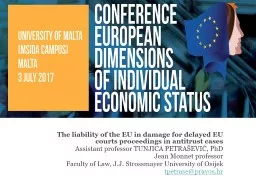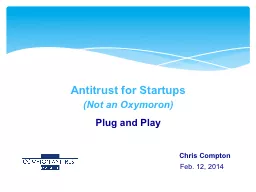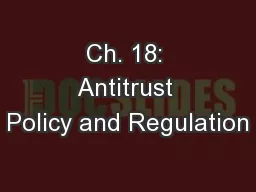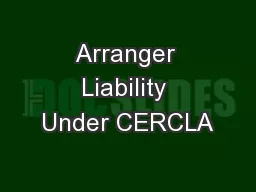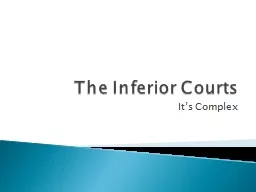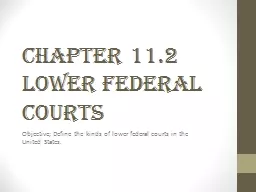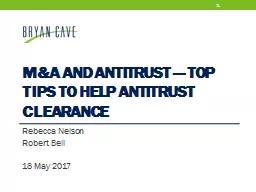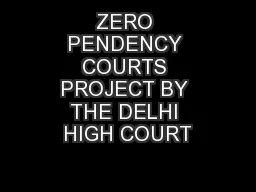PPT-The liability of the EU in damage for delayed EU courts proceedings in antitrust cases
Author : startlecisco | Published Date : 2020-06-15
Assistant professor TUNJICA PETRAŠEVIĆ PhD Jean Monnet professor Faculty of Law JJ Strossmayer University of Osijek tpetrasepravoshr obligation to cover the
Presentation Embed Code
Download Presentation
Download Presentation The PPT/PDF document "The liability of the EU in damage for de..." is the property of its rightful owner. Permission is granted to download and print the materials on this website for personal, non-commercial use only, and to display it on your personal computer provided you do not modify the materials and that you retain all copyright notices contained in the materials. By downloading content from our website, you accept the terms of this agreement.
The liability of the EU in damage for delayed EU courts proceedings in antitrust cases: Transcript
Download Rules Of Document
"The liability of the EU in damage for delayed EU courts proceedings in antitrust cases"The content belongs to its owner. You may download and print it for personal use, without modification, and keep all copyright notices. By downloading, you agree to these terms.
Related Documents

